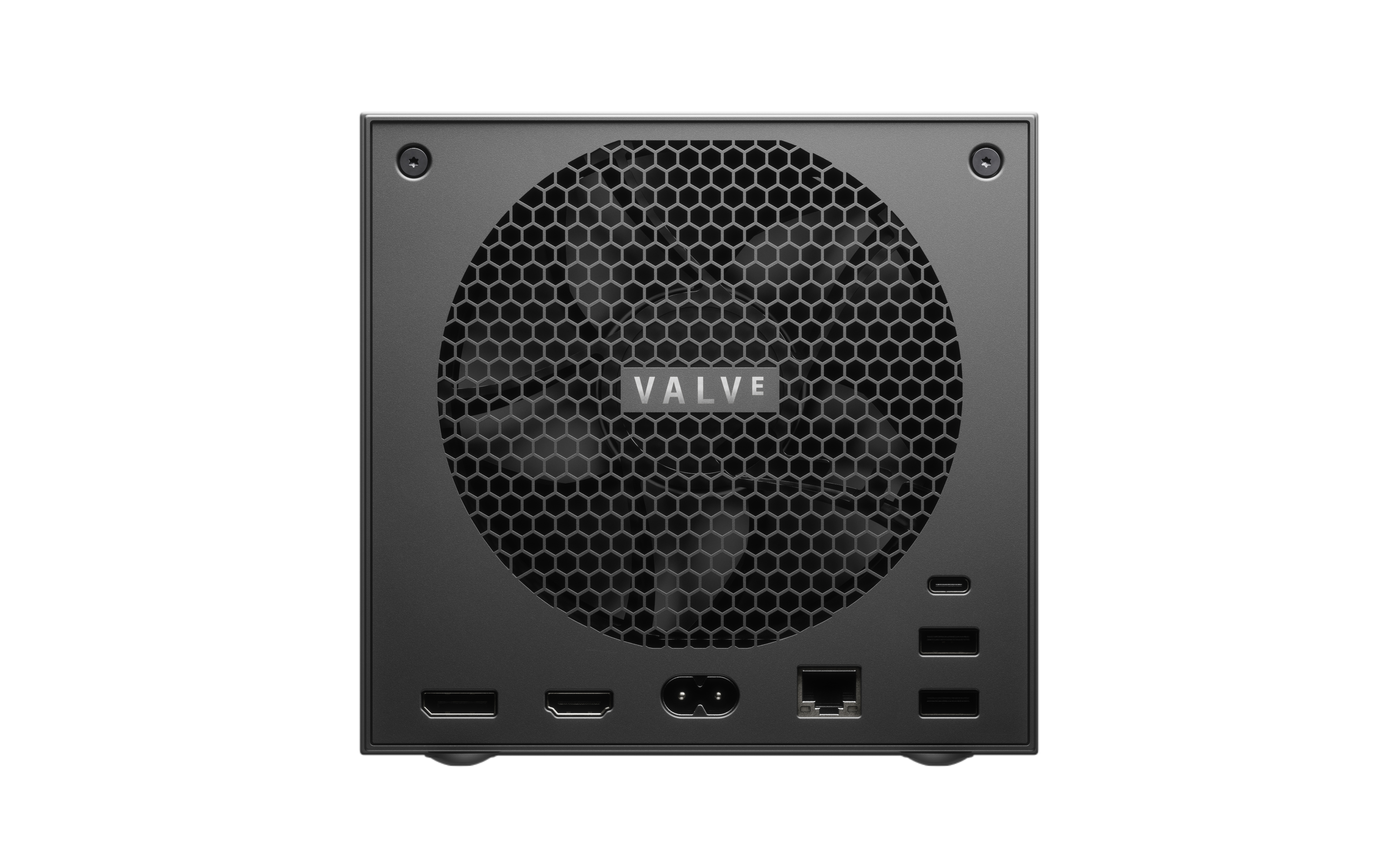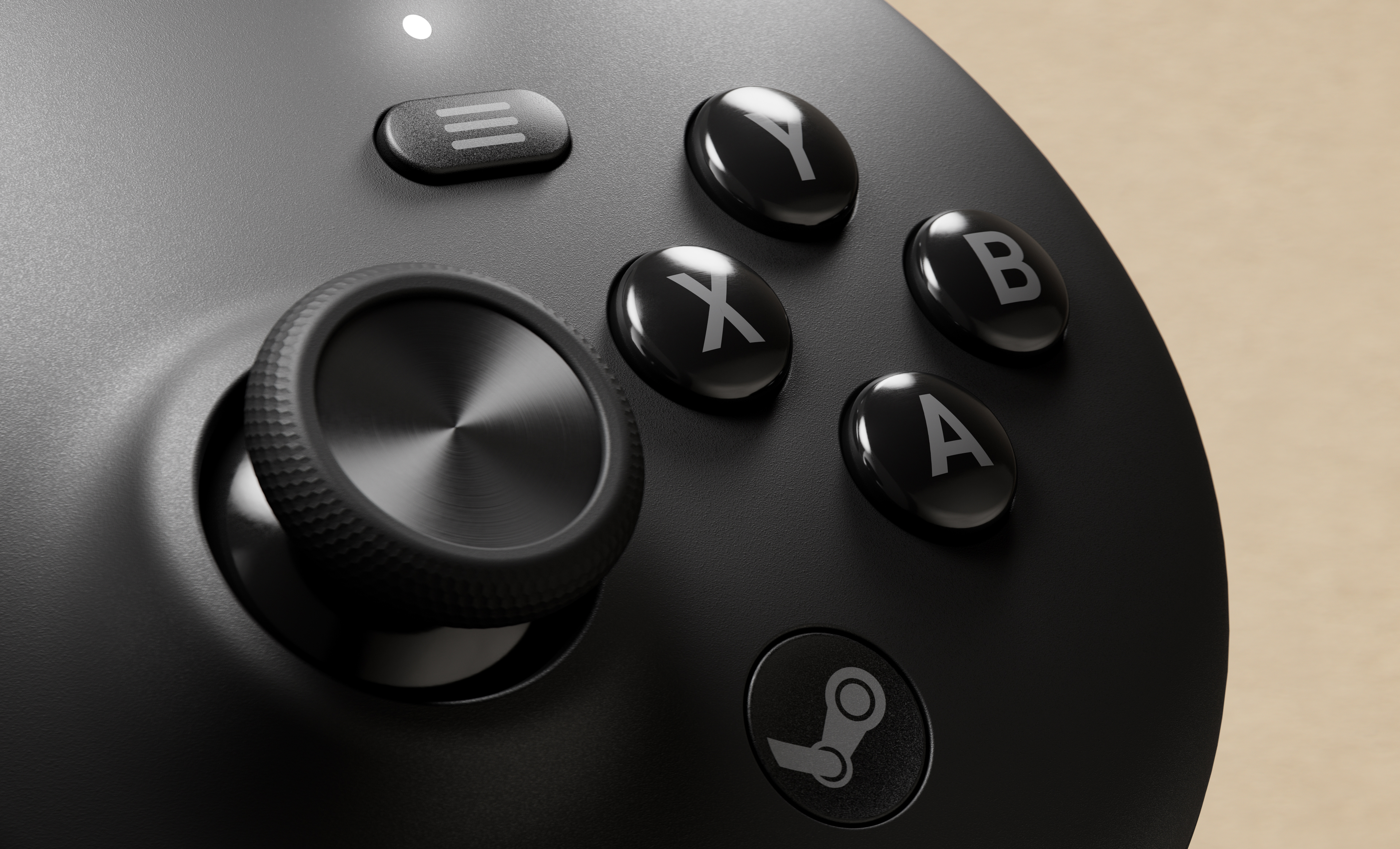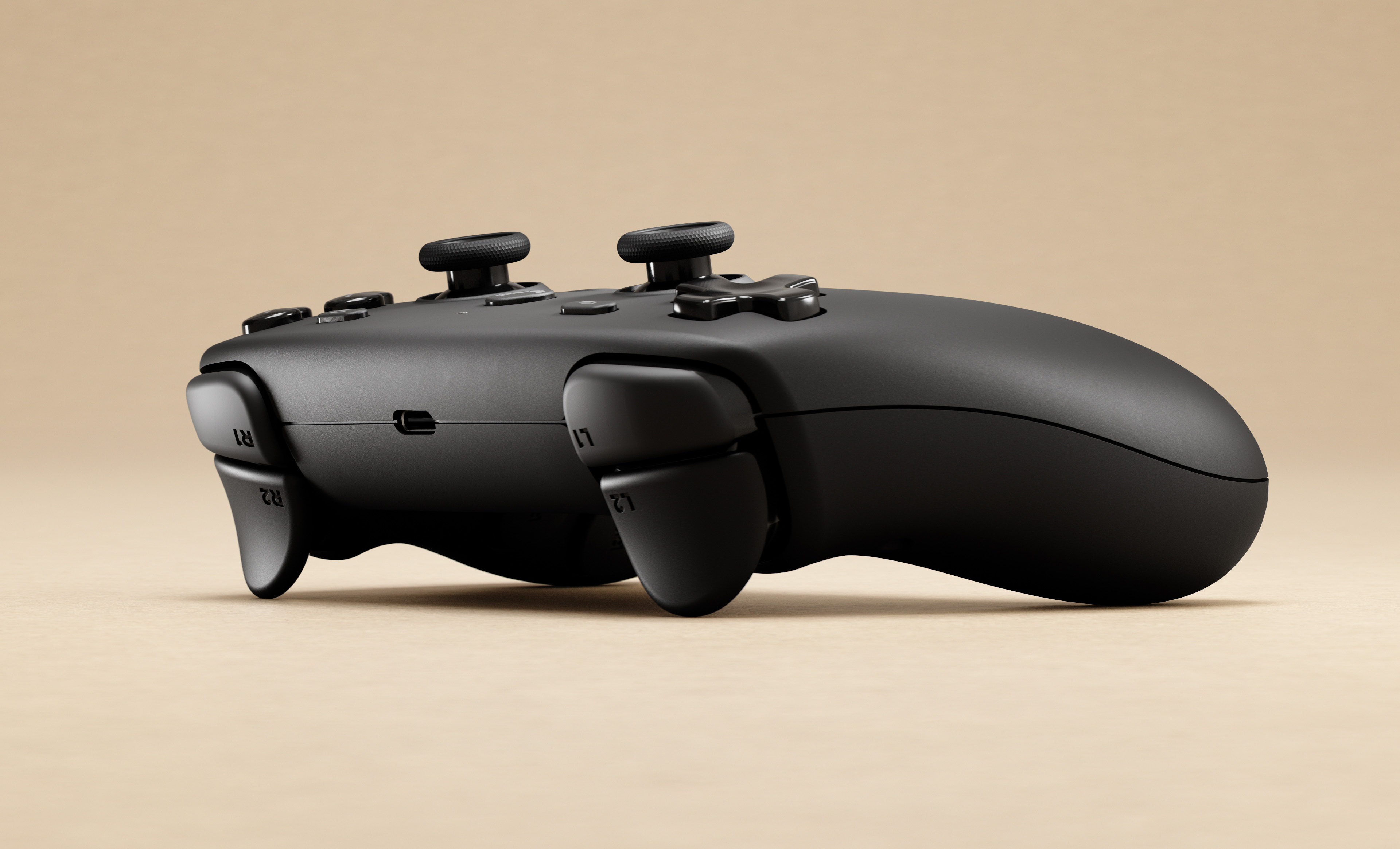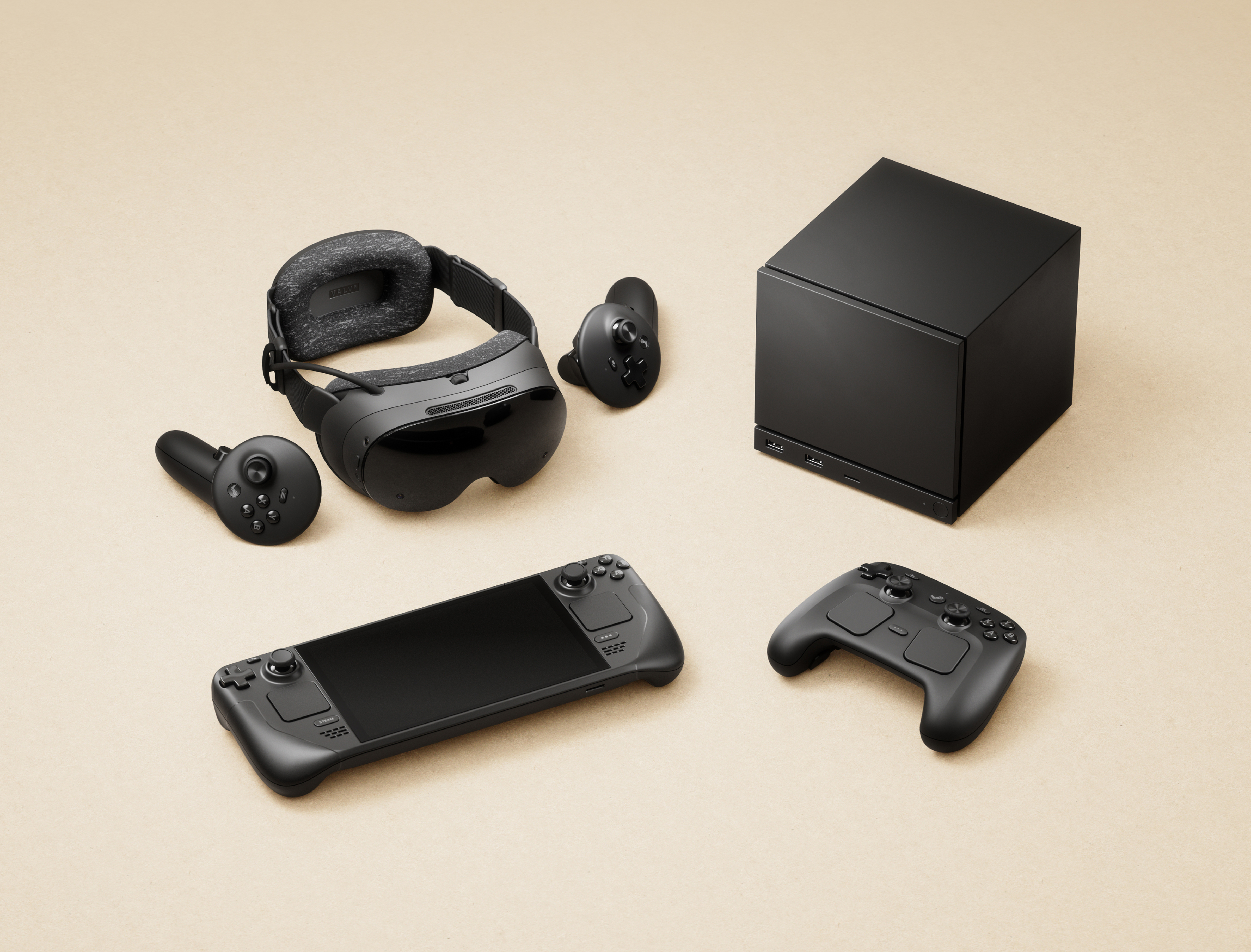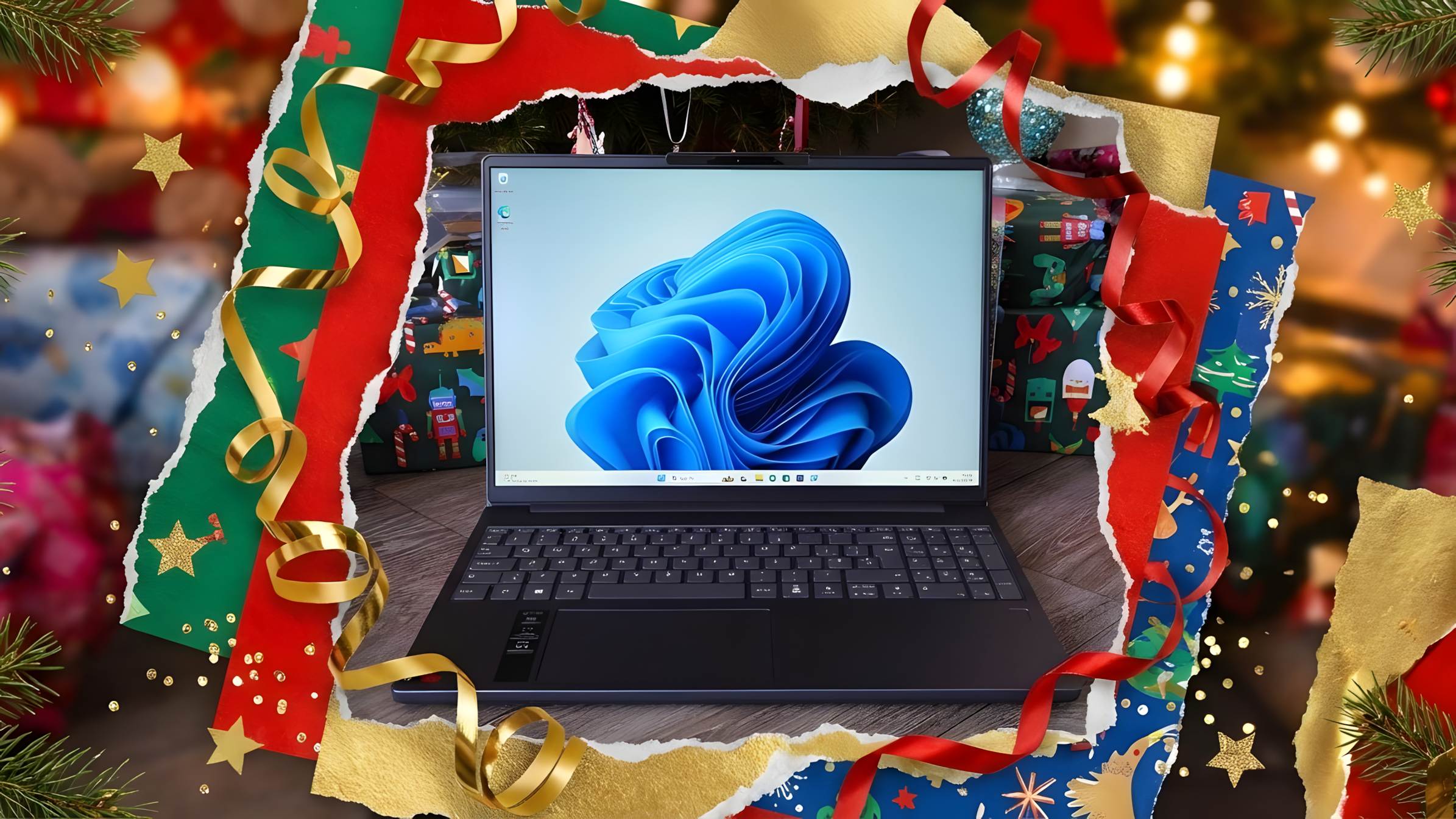The PC vs. console line is dead: Valve's new Steam Machine brings AMD Zen 4 power and your entire Steam library to the living room
Valve has announced the Steam Machine, a console-like PC running SteamOS with AMD Zen 4 power. it's 6x stronger than Steam Deck, targets 4K 60 FPS, and launches in early 2026 alongside a new Steam Controller.
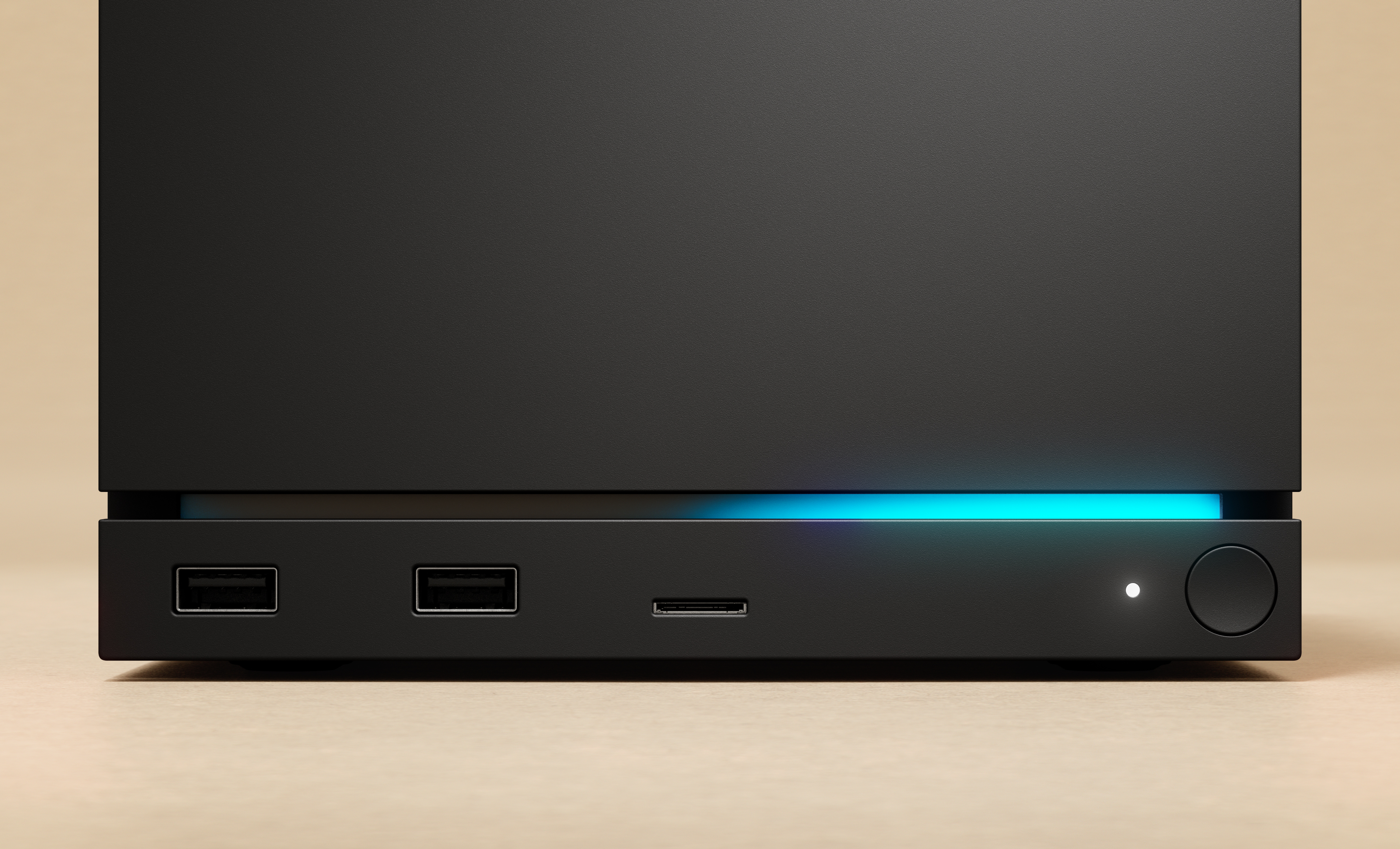
Given the constraints in the video game industry as of late, you might think it was a crazy move to launch anything like a new console in the coming years. Valve is no ordinary company, though.
Despite Xbox hardware being down year-over-year for several quarters and PlayStation posting a very modest 1% increase in playtime hours despite PS5 sales keeping pace with PS4 — Valve is unbothered and has decided it's time to revive its Steam Machine efforts that originally started in 2014.
Following the success of the still beloved Steam Deck, Valve is doubling down on hardware in a big way and has revealed a range of new hardware today as part of that effort. We have an all-new Steam Machine, targeting a Spring 2026 launch, as well as a long-rumored VR headset called the Steam Frame, previously codenamed Deckard. There's also a brand-new Steam Controller to go along with both. Here's everything we know so far.
Steam Machine specifications

Valve's Steam Machine (not to be confused with the 2014 Steam Machines) sports some impressive specs on paper, though it doesn't seem to outclass the Xbox Series X or PlayStation 5, despite using some more modern AMD Zen 4 architecture. Valve itself says the Steam Machine is "over 6x more powerful than Steam Deck", and should offer a comparable 4K @ 60 FPS experience when stacked up against Microsoft and Sony's consoles, while soundly beating the Xbox Series S and Nintendo Switch 2.
Feature | Specifications |
|---|---|
Models | 512GB model and 2TB model. Can ship bundled with or without a Steam Controller. |
CPU | Semi-custom AMD Zen 4, 6C / 12T, up to 4.8 GHz, 30W TDP |
GPU | Semi-Custom AMD RDNA3, 28 CUs; 2.45GHz max sustained clock, 110W TDP; Supports 4K gaming @ 60 FPS with FSR; Ray tracing supported; Over 6x more powerful than Steam Deck. |
Memory | 16GB DDR5 + 8GB GDDR6 VRAM |
Storage | 512GB & 2TB SSD models; microSD card slot for expanded storage / portable catalog. |
Power | Internal PSU, AC 110–240V |
DisplayPort 1.4 | Up to 4K @ 240Hz or 8K @ 60Hz; HDR, FreeSync, daisy-chaining |
HDMI 2.0 | Up to 4K @ 120Hz; HDR, FreeSync, CEC |
Networking | Ethernet 1 Gbps; Wi-Fi 6E (2x2); dedicated BT antenna |
USB | USB-C 10 Gbps (3.2 Gen 2); 4× USB-A ports (2× USB 3 front, 2× USB 2 rear) |
Controller Radio | Integrated Steam Controller 2.4GHz radio |
Compatibility | Works with other controllers, accessories, and PC peripherals |
Wake Function | Wake with Steam Controller |
OS | SteamOS (like Steam Deck); Gaming-first UX; Fast suspend/resume; Steam Cloud saves + full Steam features. |
LED Bar | Customizable colors & animation; Reflects system status (downloads, booting, updating) |
Price | Unknown |
Launch Date | Spring 2026 |
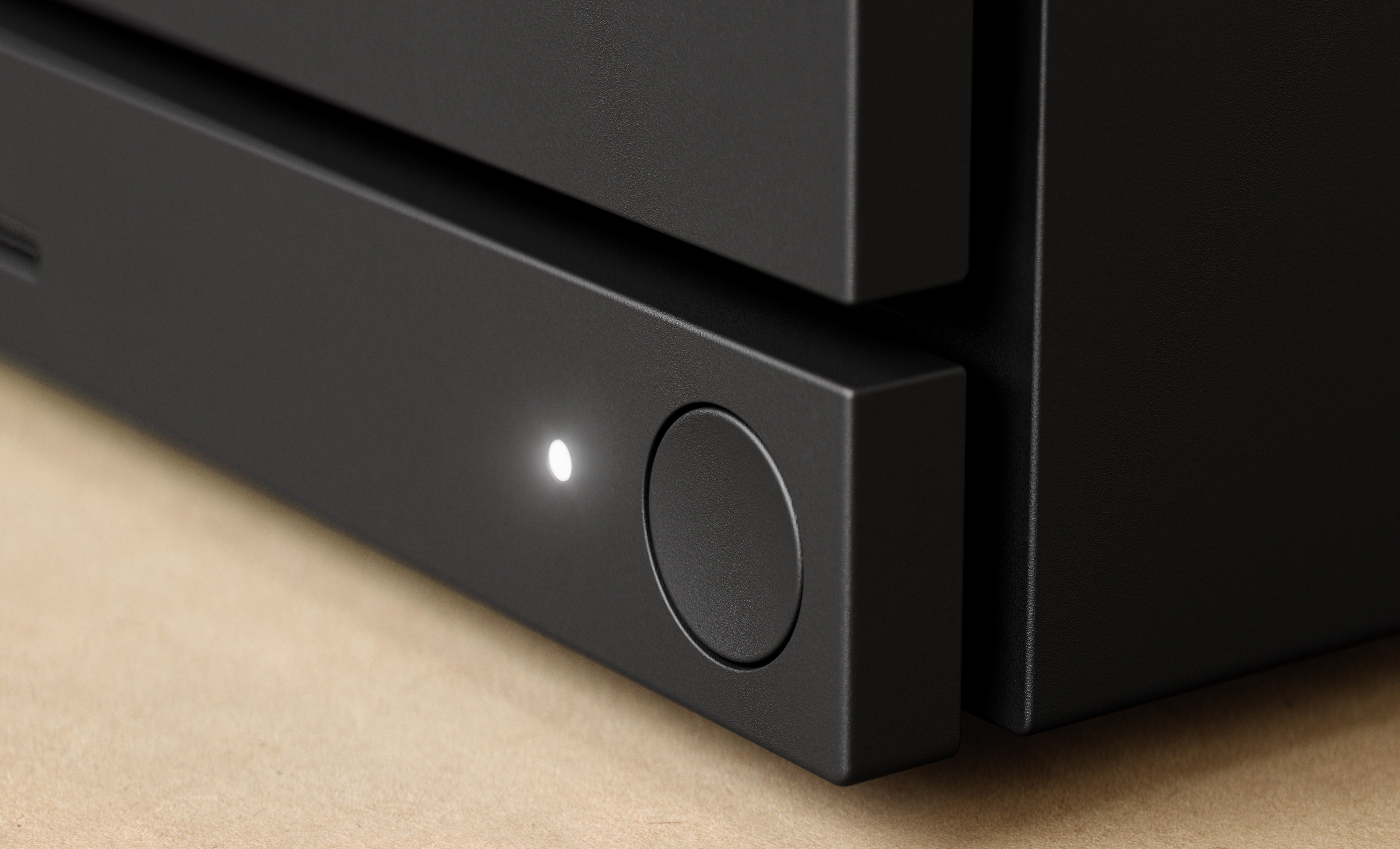
Again, the Steam Machine uses AMD's more modern (but technically previous-generation) Zen 4 processor architecture, sporting six CPU cores with twelve threads at 4.8 GHz. Despite having fewer cores than the Xbox Series X and PS5, the process node should give it superior per-core performance. These new Steam Machines should punch above their weight owing to that updated, more efficient technology, but the Xbox Series X, PS5, and PS5 Pro in particular should easily keep pace owing to higher core counts.
It's a similar story with the GPU: the Steam Machine's recent RDNA 3 architecture also offers improved power efficiency and higher performance compared to the older generation (but still not using RDNA 4, AMD's current tech). Even the Xbox Series X|S can use the same generation of upscaling as the Steam Machine — FSR 3.
The Steam Machine sports 28 compute units (CUs) at 2.45 GHz, compared to the Xbox Series X's 52 CUs at 1.8 GHz, and PS5's 36 CUs at 2.23 GHz. Microsoft's console, again, offers the most raw graphics computational power here, but the Steam Machine will punch above its weight owing to its more modern architecture and choice of lightweight operating system, SteamOS.
All the latest news, reviews, and guides for Windows and Xbox diehards.
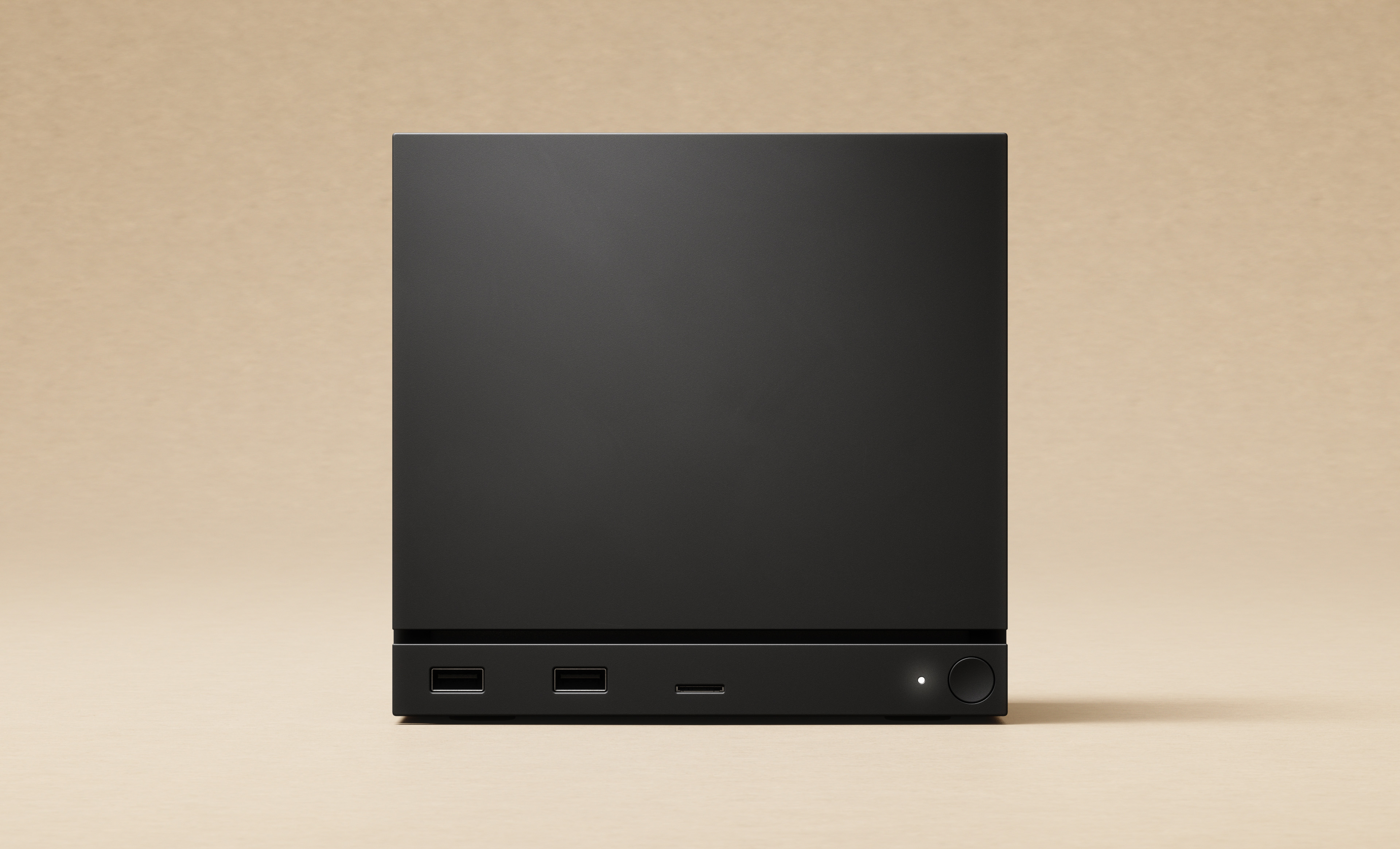
Memory (RAM) is where things continue to diverge. The Steam Machine hasn't yet offered official memory bandwidth figures, but it combines 16GB of DDR5 system memory with 8GB of GDDR6 VRAM for the GPU.
It has more total memory on paper than the Xbox Series X's 16GB dual-pool GDDR6 RAM and PS5's unified 16GB GDDR6 pool, but the Steam Machine's PC-like split memory design may impede its overall memory bandwidth despite having a larger amount. It should, in theory, remain competitive here with both the PS5 and Xbox Series X, but we need more information to know more to get a solid answer.
The Steam Machine oddly has only two storage options up for grabs: a 512 GB model and a 2TB model. Xbox storage cards are notoriously expensive CFExpress PCI cartridges, while the PS5 went with more standard M.2 NVMe options that users can purchase off the shelf. The Steam Machine diverges by offering microSD expansion, allowing its users to easily transfer large amounts of games from a Steam Deck and back to their Steam Machine.
SteamOS has become incredibly capable over the last few years, with Valve deploying reams of updates as part of its Steam Deck line.
MicroSD technology isn't fast enough to effectively run all AAA games, but the Steam Machine's internal storage should be more than up to the task for the majority. Although we don't have a ton of info on what's sitting inside it here, it's unlikely to be using ultra-modern microSD Express tech.
Finally, we have the operating system. SteamOS has become incredibly capable over the last few years, with Valve deploying reams of updates as part of its Steam Deck line. It's incredibly user-friendly and easy to use, and its powerful Proton layer translates Windows games to Linux without any developer input — generally speaking, at least.
Proton does have some shortcomings, namely with functions like anti-cheat systems. As such, many Windows-native multiplayer games with kernel-level anti-cheat systems don't run on SteamOS. Proton will only get better over time, too. SteamOS does allow you to exit out into full Linux desktop mode as well, allowing you to install launchers, games, and other apps not available on the Steam store itself.
You can get things like Xbox Cloud Gaming, Battle.net, Genshin Impact, and other titles that aren't available to buy via Steam like this, but it isn't always a particularly easy experience — even more so if you include the fact that you need a mouse and keyboard to navigate it effectively.
Regardless, Steam has quite literally thousands of games available directly on its store, the vast majority of which will run on this platform without issue. This will be the first "console" that has games from Steam, PlayStation, and Xbox on a single device, via a single store.
Steam has quite literally thousands of games available directly on its store, the vast majority of which will run on this platform without issue.
It does miss out on many of the world's most popular games that aren't available on Steam or Linux, such as Roblox, Minecraft, and Fortnite (not to mention GTA 6 at launch), but there are workarounds for many of these if you're willing to tinker. And who knows, if SteamOS begins to see broader adoption, maybe these games will come across natively as well.
Given that this is more designed for a sofa-style experience, I expect Valve will use its Steam Deck Verification process to verify games for the Steam Machine in a similar way. Though there's absolutely no reason why you wouldn't be able to plug a keyboard and mouse in and use this as a full desktop mini PC.
The Steam Machine interestingly reflects Xbox's vision for its own next-gen console, which will be more PC-like, complete with the ability to exit out to the desktop, and install other launchers and games not available natively on Xbox itself.
Valve hasn't yet confirmed pricing, although the more modern and pricy RDNA3 and Zen 4 components are a strong indicator that it might be difficult for the Steam Machine to undercut its PS5 and Xbox Series X rivals in any significant way. We'll have to wait and see there. For now, the Steam Machine is targeting that aforementioned Spring 2026 launch. Until then, you could try building your own Steam Machine.
Steam Controller specifications
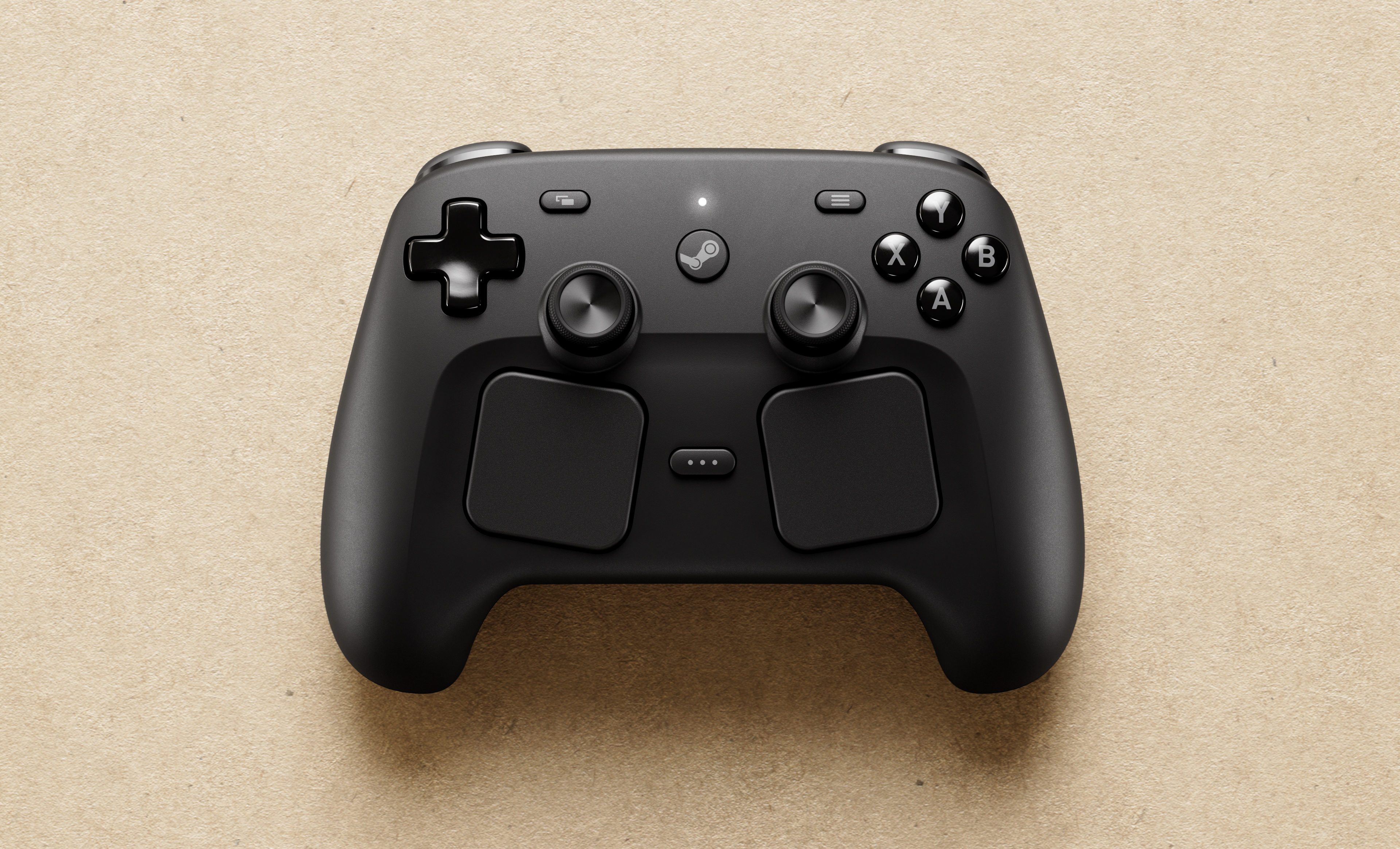
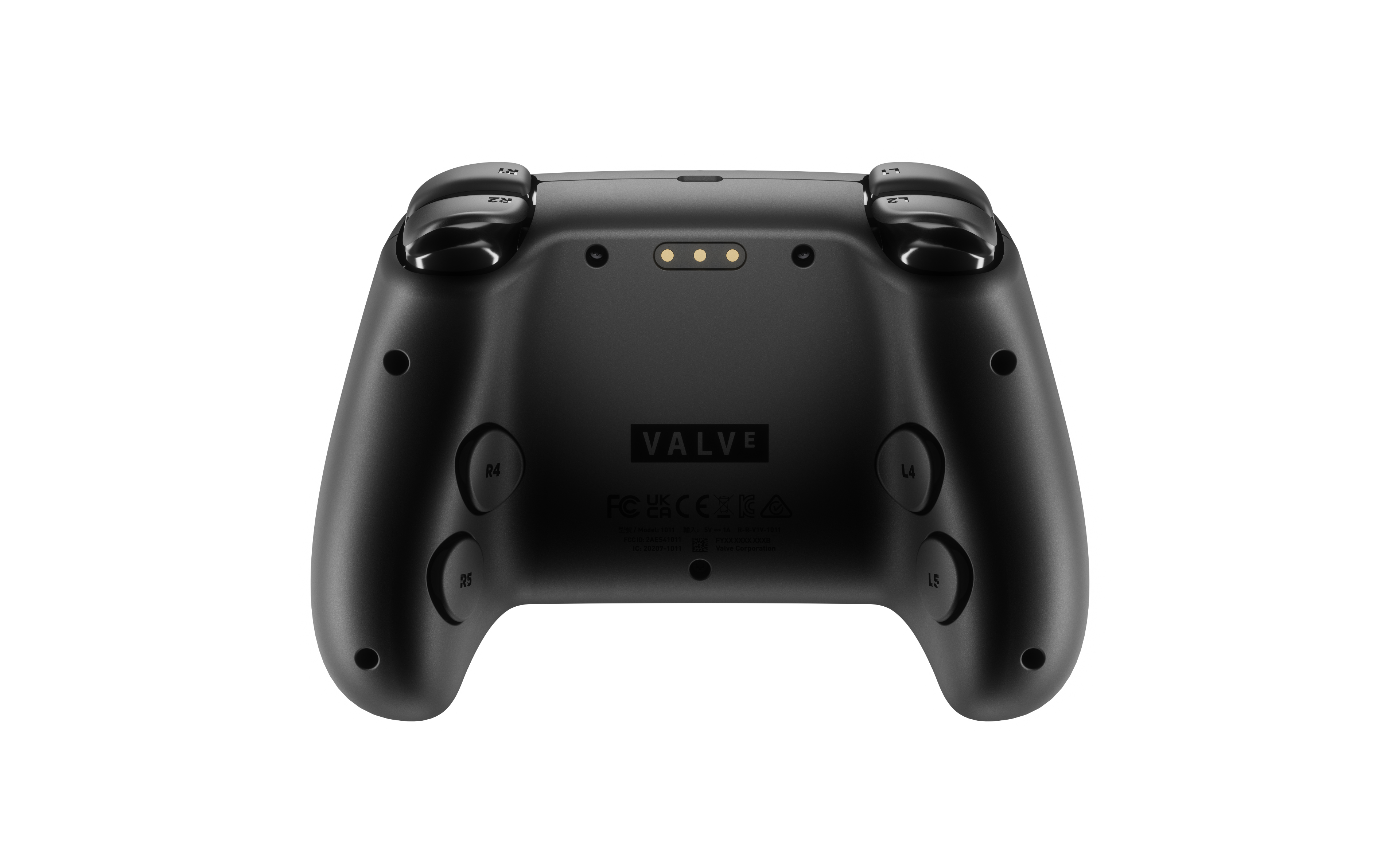
Interestingly, the Steam Machine will only include a controller optionally, since the console will work with any Xbox or PlayStation controller you have lying around already. Any controller that's compatible with the Steam Deck (and that's a lot) will also be compatible with the Steam Machine.
However, if you do want or need a controller, here's what Valve is offering as a follow-up to its original, less successful Steam Controller from 2015.
Feature | Spec |
|---|---|
Compatibility | Works with any device that runs Steam |
Supported devices | Windows, Mac, Linux PCs; PC handhelds; iOS/Android (Steam Link); Steam Deck; Steam Machine; Steam Frame |
Connectivity options | Steam Controller Puck; Bluetooth; USB tethered play |
Steam Controller Puck | Pre-paired, plug-and-play; proprietary wireless; ~8 ms end-to-end latency; 4 ms polling; measured at 5 m; more stable than Bluetooth; up to 4 controllers per puck |
Bluetooth | Standard wireless connectivity |
USB | Wired tethered play and charging |
Battery | Li-ion rechargeable; 35+ hours play time |
Charging | Via Steam Controller Puck or USB |
Thumbsticks | Magnetic (TMR) for improved responsiveness and reliability; capacitive touch |
Grip sense | Quick gyro activation/deactivation; assignable input |
Haptics | HD haptics with 4 LRA motors: 2 in trackpads (HD tactile feedback), 2 high-output in grips (rumble and game haptics) |
Buttons | ABXY; D-pad; L/R triggers; L/R bumpers; View/Menu/Steam/QAM |
Grip buttons | 4 assignable grip buttons |
Trackpads | 2 trackpads with haptic feedback; pressure sensitivity for configurable click strength |
Motion sensors | 6-axis IMU |
Capacitive inputs | Thumbsticks capacitive touch; capacitive grip sense |
Price | Unknown |
The Steam Controller works with any device running Steam, which includes Windows PCs, macOS, and devices like the Steam Deck. It should also be compatible with the next-gen Xbox as well, given that the next Xbox is going to run full Windows.
It connects up with a USB "puck" which can connect four controllers simultaneously, and it also supports Bluetooth and USB wired play on top. The puck is pre-paired and has a proprietary wireless signal, which should be comparable in quality to PS5 and Xbox controllers for speed and reliability.
Where it has the Xbox and PS5 standard controllers beat is battery life, with 35+ hours on a single charge, making it more like the Xbox Elite controller. It also boasts magnetic TMR thumbsticks, which should eliminate drift in ways the Xbox and PS5 controllers currently don't.
Where things get even more interesting are the large dual trackpads, similar to that old-school Steam Controller and the Steam Deck. These support haptics and help control games that don't have native joystick support. It also supports gyro gameplay, with six-axis motion sensing.
It has ABXY Xbox-style buttons and symmetrical PlayStation-style thumbsticks, while sporting four programmable back buttons and standard triggers and bumpers. It also sports capacitive grip sense, detecting when it has been picked up.
There's no mention of price yet, but I imagine it'll sit somewhere between a standard Xbox controller and a more pricey Xbox Elite controller in price, given its impressive specs.
What do you think?
Seeing a new console launch in an era where both PlayStation and Xbox are pointing at short-form video platforms like TikTok for decreasing growth might seem like a bold move, but the Steam Machine is no typical console.
Despite some limitations of Proton and Linux, Steam remains one of the world's most popular and favored video game ecosystems. Steam sales are legendary, Valve's approach to customer satisfaction is industry-leading, and developers flock to the platform owing to its relaxed certification processes.
Steam's discovery engine is second to none. Every time I log into Steam, I discover new games I've never heard of, as the system understands my habits and has more options to cater to those habits than other platforms. Some of the world's most popular games, like Fortnite and Roblox, might not be available natively, but Steam has become home to massive viral mega-hits in recent years, such as Megabonk and Peak more recently. I wish Xbox were capable of delivering similarly, but Microsoft has been pursuing a more Steam-like feature set for its own Xbox PC platform recently, which it says is growing rapidly, too.
Rumors have been ramping up that Valve might seek to pair its Steam Machine launch with the borderline mythical Half-Life 3, too. The team at Valve makes legendary games in its own right, including DOTA2, Counter-Strike 2, Left 4 Dead, Portal, Team Fortress, and more. Valve used Half-Life Alyx to boost interest in its own VR efforts previously, so could it pull off a similar feat for the Steam Machine?
The Steam Machine will also be the first "console" in the world that comes with games from Steam, PlayStation, and Xbox as standard, as the walls around "exclusivity" become increasingly blurred. PlayStation recently said its unprecedented launch of Helldivers 2 was a huge success on Xbox, and Microsoft has been putting its games everywhere and anywhere at a breakneck pace.
What the future of the game industry looks like is anyone's guess, but Valve is becoming an increasingly interesting part of the hardware discussion, which is great to see.
FAQ
What is the estimated release date and price of the Steam Machine?
The Steam Machine is expected to launch in early 2026. Valve has not yet announced an official price, though analysts predict a cost reflecting a mid-range gaming PC.
What are the main specs?
It features a semi-custom AMD Zen 4 CPU (6-core), AMD RDNA 3 GPU (28 CUs, 8GB GDDR6 VRAM), and 16GB DDR5 RAM. it is roughly 6x more powerful than the Steam Deck.
Will it run my full Steam library?
Yes. Running on SteamOS, the device supports the entire Steam library, with Proton enabling seamless compatibility for most Windows titles.
Did Valve announce other hardware?
Yes, Valve also unveiled the Steam Frame VR headset (powered by a Snapdragon chip and running SteamOS) and a redesigned, feature-rich Steam Controller.

Follow Windows Central on Google News to keep our latest news, insights, and features at the top of your feeds!

Jez Corden is the Executive Editor at Windows Central, focusing primarily on all things Xbox and gaming. Jez is known for breaking exclusive news and analysis as relates to the Microsoft ecosystem while being powered by tea. Follow on Twitter (X) and tune in to the XB2 Podcast, all about, you guessed it, Xbox!
You must confirm your public display name before commenting
Please logout and then login again, you will then be prompted to enter your display name.
